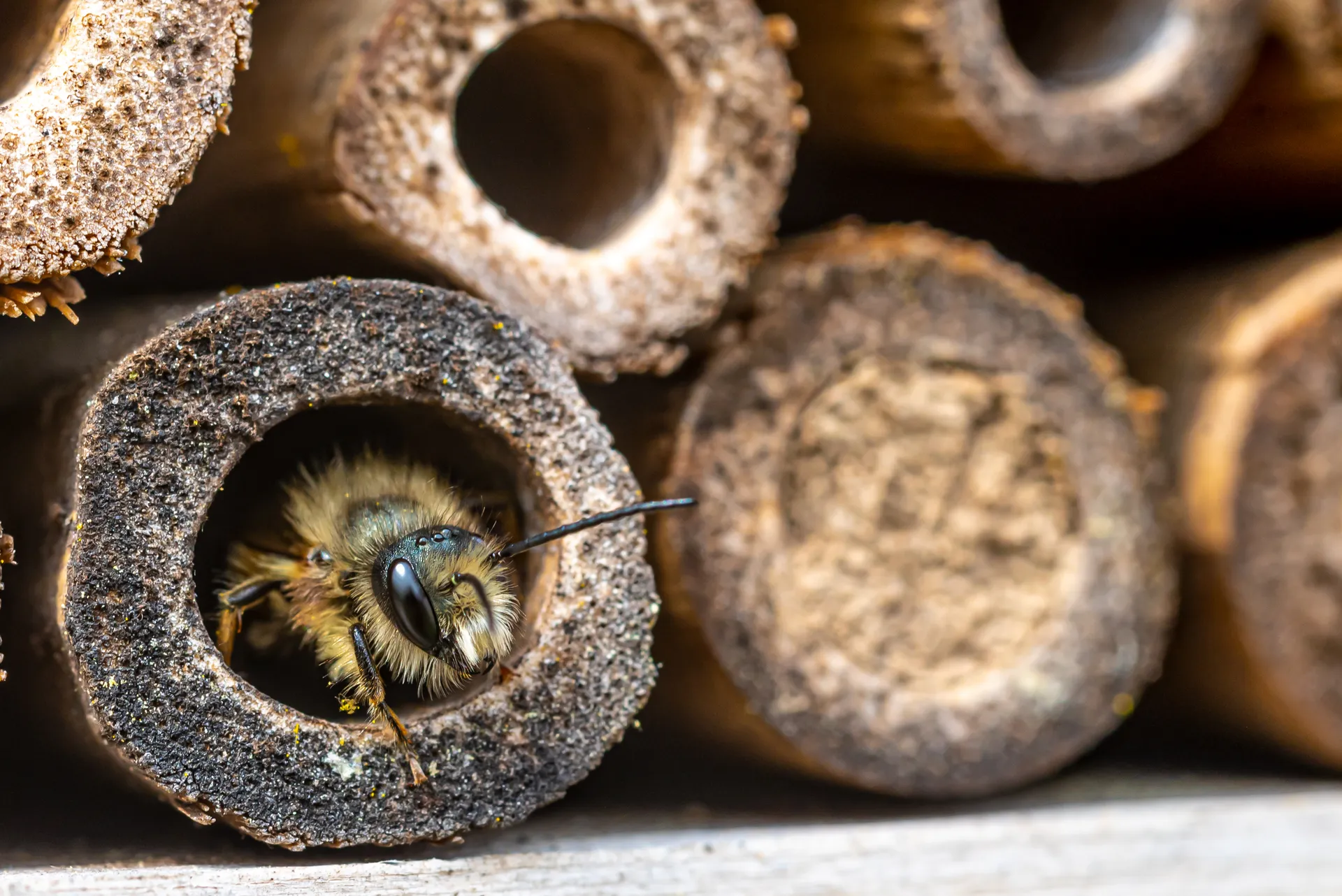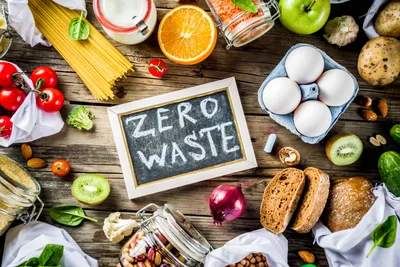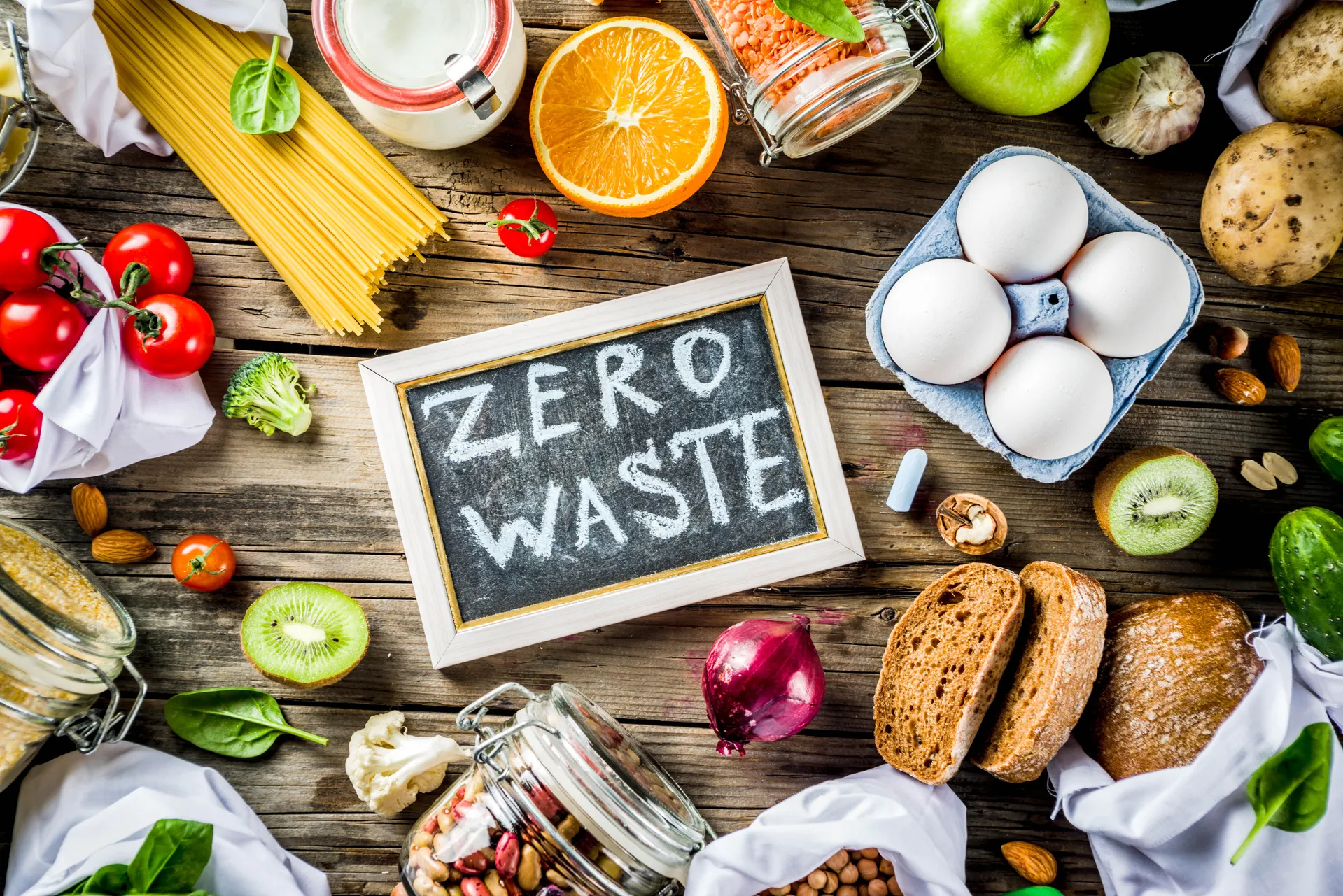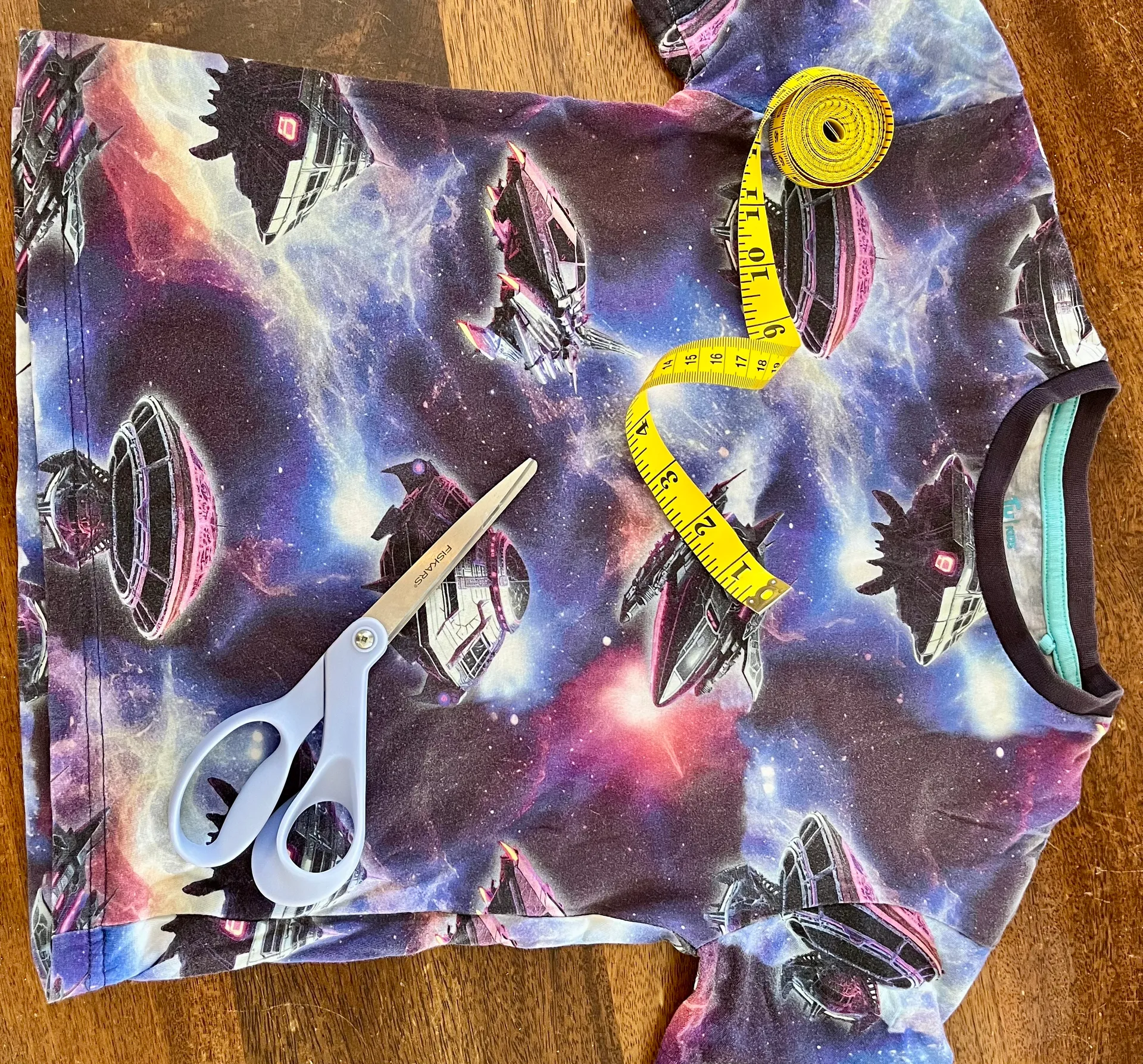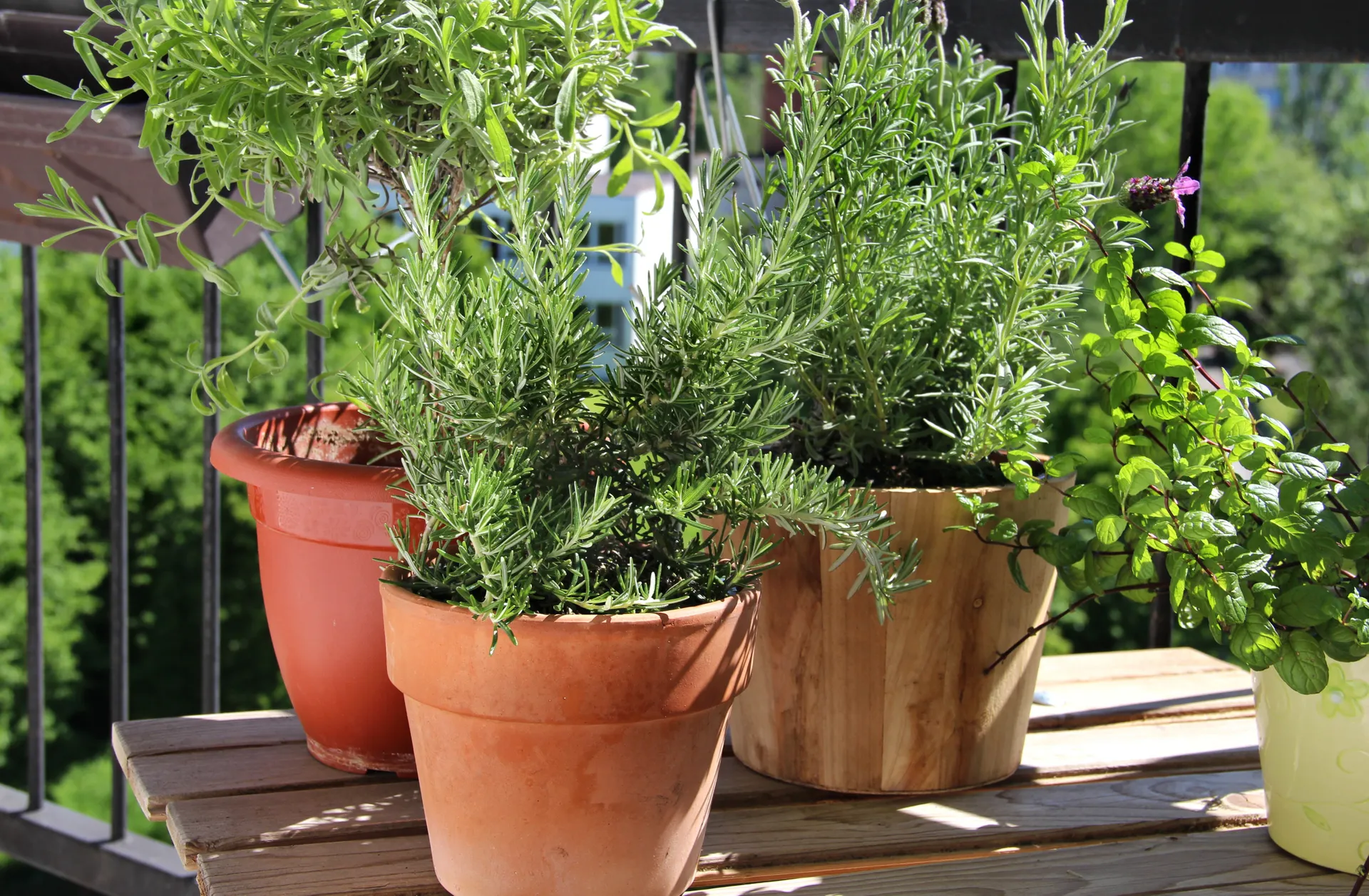Seasonal Gardening Tips and planting guide - September
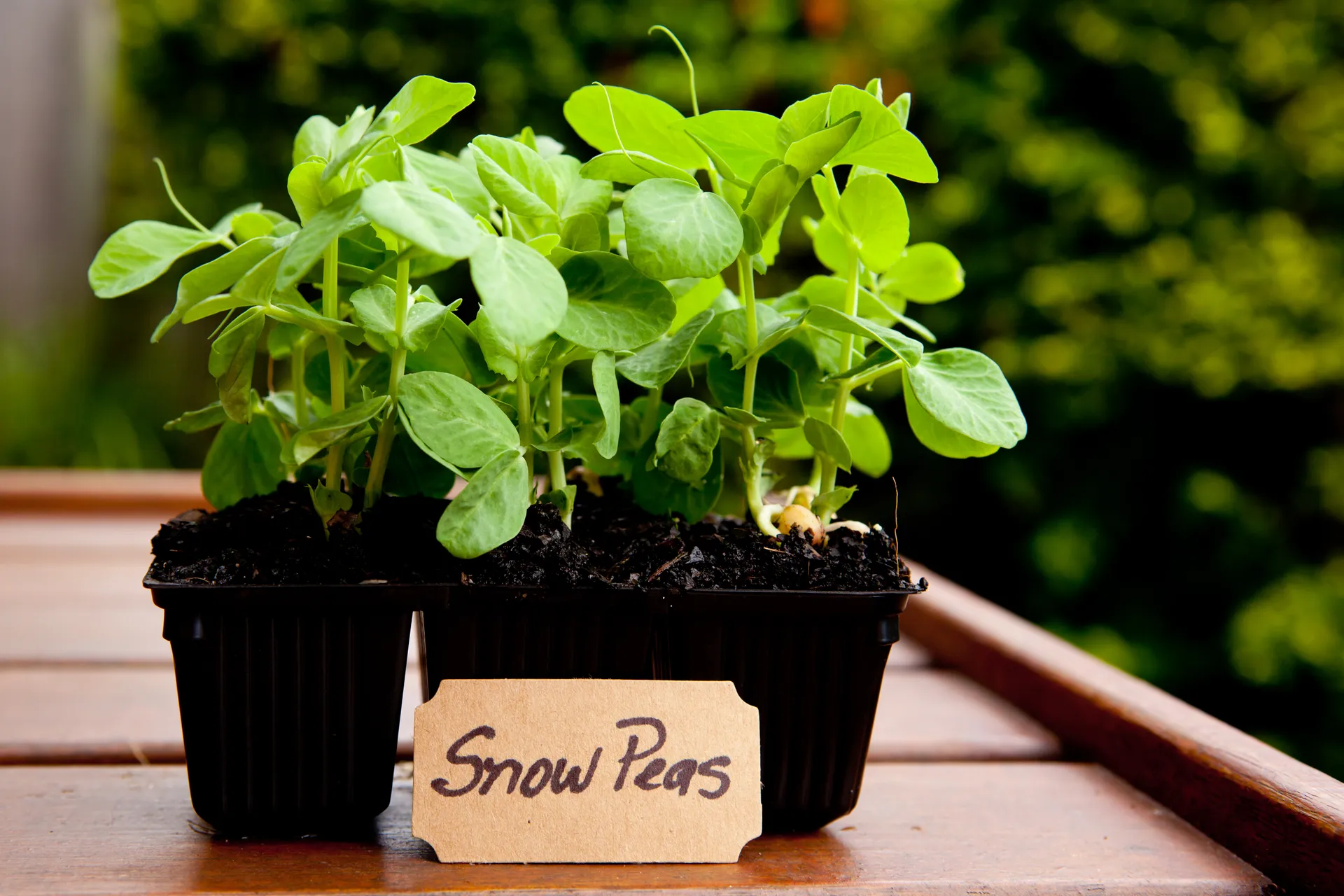
Anne Gibson is The Micro Gardener (or perhaps we should just call her the Guru) 😀 Each month she'll share her top tips for making our gardens grow in this subtropical climate. Read on to find out what to plant this month and which garden tasks need your attention.
Spring has sprung with many plants ‘waking up’. Bulbs are emerging, flowers blooming and cabbage white butterflies appearing! With warmer day time temperatures, you’ll likely notice many plants putting on new leaf growth, buds and blooms. More pollinators and birds are evident in the garden with so much food.
September is typically the driest month of the year so it’s a good time to lock in any moisture from rain or storms with mulch.
Watch for aphid infestations on new growth that is often typical at this time of year. I carefully observe clues each year of what happens when in my garden. I’ve noticed many annual patterns, so I know what to look for. I watch for specific signs that occur simultaneously and indicate a shift in activity.
When birds start nesting, certain plants start flowering and insect activity. Nature’s clock is never wrong! Being observant is one of the keys to learning what happens when in your garden and how to time your activities accordingly, so you maximise results. If you don’t already, I encourage you to keep a Garden Journal. There are so many benefits to keeping a simple record of what happens in your garden – visual or written. Learn why a garden journal is your most valuable tool and how to use one that suits you.
What can we expect in September? See the BOM’s outlook and temperature summary. For September to November, rainfall is 60 to 80% likely to be below average for SE QLD, increasing to likely to very likely (60% to >80% chance) below average for south-east Australia. For September to November, above average maximum temperatures are very likely (>80% chance) and minimum temperatures are 60 to 80% likely to be warmer than average. Well, that's a cheery outlook isn't it?! Planning and preparation, careful water management and plant selection, along with crop protection strategies will help mitigate potential harsh weather conditions.
It's wise to pay attention to watering and nutrition over a dry spring to support healthy plant growth. During prolonged periods of dry hot weather, keep an eye on plant leaves for nutrient deficiencies due to a lack of moisture and access to minerals and nutrients in the soil. Windy weather also increases transpiration especially for large-leafed vegetables. So consider your windbreaks and crop covers. See tips for growing food in hot, dry and windy weather.
If your fruit trees have started to flower, you may have to wait until next year to prune! With so many fruit trees already flowering and fruiting, it’s essential to attract pollinators to your garden by planting flowers and companion planting or be prepared to hand pollinate! After fruit set, fruit trees have a high need for moisture and nutrients. So remember to fertilise and mulch your garden well to hold moisture in.
Tips on companion planting with fruit trees
How to use companion plants around fruit trees in your kitchen garden to increase pollination, harvests and manage pests.
Anne Gibson - The Micro Gardener
Keep adding compost and worm castings for nutrient-rich living soil and enriched potting mix for food crops. Even better, make your own moisture-holding potting mix and seed raising mix blends to save money, water and give plants the best chance of thriving. Old potting mix in your container gardens may be nutrient-depleted or hydrophobic and need refreshing before new plantings. Follow my DIY potting mix guide to improve bagged potting mix or make your own with easily available ingredients for a long-lasting, moisture and nutrient-holding soil. Lifeless, dry dead dirt won’t grow healthy produce so invest in your health by focusing on your soil first.
Our grace period with few pest insects won’t last too long! Watch for aphids and ants on plants, bronze orange bug, citrus leaf miners, QLD fruit fly, scale, slugs and snails. There are many ways to prevent and get rid of aphids naturally. Exclusion netting and traps are useful strategies, but nothing beats observation! Tomatoes, capsicum and eggplant are particularly vulnerable to fruit flies so position traps now and cover with exclusion bags.
A shallow bee bath provides water for pollinators and beneficial insects. An ‘insectory’ garden with a variety of nectar-rich flowering herbs, vegetables and perennials encourages predator insects to keep seasonal pests under control. Help the birds in your garden, especially while it’s dry. They need clean water to drink and bathe, so add a bird bath and you will be rewarded with free pest management services! Also use safe bird exclusion netting.
Time your planting, fertilising and pruning activities with the moon phases for optimum seed germination, early growth, healthy plants and better harvests. Change your new moon date on the 1st September on the perpetual Moon Calendar and follow the suggested planting dates for this month.
Interplant your herbs and flowers between vegetables (particularly brassicas) to attract beneficial predator insects to keep caterpillars and other insects in balance.
What to Plant in September
If you missed planting cool season vegetables with a long maturity period, it’s too late! My climbing peas are still going strong but should finish in the next few weeks. I have succession planted another two dwarf/bush pea crops to keep them going as long as possible.
If you’re desperate to eat a few peas, sow bush snow pea seedlings, not seeds, and you may still have a chance of a harvest before the humidity hits and mildew becomes a problem. Try a pot instead so you can control your microclimate. You’ll have to put in some effort but you can always eat the delicious tendrils in salads! Otherwise, next year remember to plant early autumn instead!
If you’re not sure when each of our five seasons starts and ends, or what to plant each month, refer to the perpetual Subtropical Planting Guide for what to plant each season and seasonal gardening tasks, so you don’t miss planting your favourites. Try growing pea microgreens instead for a quick harvest. Beans are a great alternative.
Zucchinis do really well at this time of the year, as the days are long enough and the humidity is relatively low. Mine are thriving right now, although I have to keep the moisture and liquid feeds up. The risk of mildew is minimal so plant a few seedlings now for a delicious tummy-filling crop. Try growing them vertically up a stake.
Spring is a good time to plant perennial food plants including asparagus, chilli, eggplant, Jerusalem artichokes, water chestnuts, ginger, turmeric, galangal, yacon and chokos. You can plant certified seed potatoes into well mulched beds or deep pots.
Sow all herb seeds or plant seedlings including basil, coriander, cress, borage, catnip, chamomile, chives, dill, lemon balm, rocket, sweet marjoram, tarragon, peppermint and sage. Save seeds from herbs in your garden. Plant flower seedlings and sow seeds of alyssum, cosmos, marigolds, phlox, salvia, nasturtiums, sunflowers, snapdragons, Queen Anne's lace, verbena and statice. These will attract pollinators and beneficial insects. Sow vegetable seeds or plant seedlings of suitable varieties of beans (bush and climbing), beetroot, cabbage, capsicum, carrots, celery, cucumber, lettuce, radish, rosella, silverbeet, spring onions, squash, sweet corn, sweet potato, tomatoes, and yams.
Garden Tasks
• Fertilise established bananas, fruit trees, perennials and vegetable crops.
• Control weeds and mulch around fruit trees if you haven’t already done so.
• Sow microgreens seeds for a continuous supply of nutritious leafy greens.
• Protect crops from drying winds and get storm protection and exclusion nettings or covers ready.
• pH test your soil and add any amendments. Aim for well-mulched nutrient-rich moisture-holding soil.
Have fun and get planting! Enjoy this time of year and if you need one-on-one help, check out my onsite garden consultations and live chat garden coaching services to help fast track you to success.
Helpful Gardening Guides
Refer to my laminated double-sided Subtropical Planting Guide for what to plant now, more pests to watch out for and other key tasks. The perpetual Moon Calendar Gardening Guide also provides you with exact dates to fine-tune your planting, fertilising, propagation, grafting and sowing activities for optimum abundance. Learn more about Moon Gardening and save money when buying both guides with this Special Offer.
I also have a variety of laminated fold-out 8 page reference guides packed with practical information to help you collect and save seeds, propagate free plants, grow and eat nutrient-rich superfoods, grow vegetables, microgreens and herb and medicinal plants.
Visit the online store for all products and services. I hope you’ve enjoyed these tips and dig into the gardening guides and resources. May the year ahead be filled with an abundance of good health and harvests!
Follow Anne Gibson for more great advice
W: themicrogardener.com facebook.com/TheMicroGardener | pinterest.com/microgardener | instagram.com/themicrogardener

